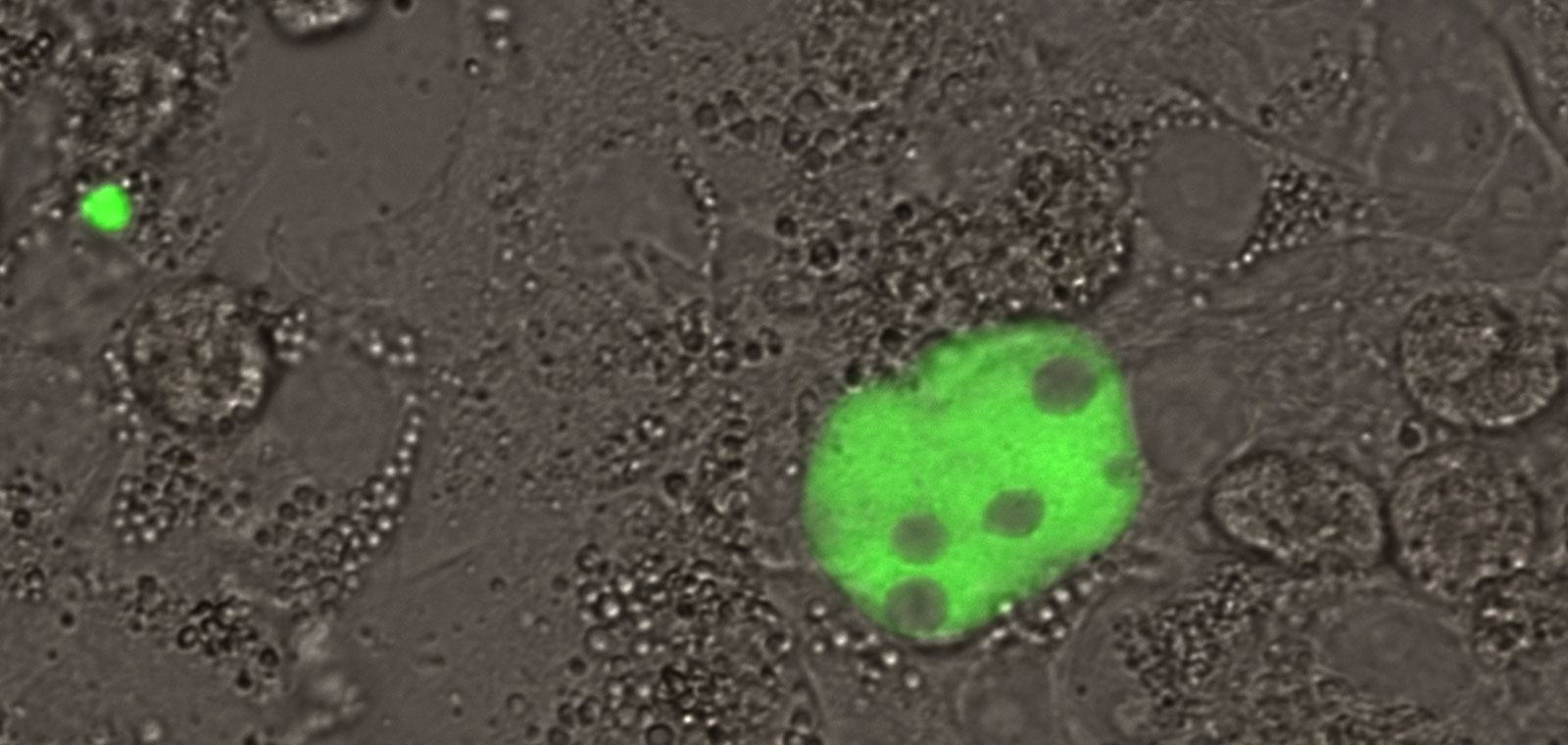
Genetic properties of dormant form of malaria parasites understood at last
Thirty years after the discovery that certain types of malaria create so-called ‘dormant’ parasites, we have finally obtained a greater insight into their genetic properties. This constitutes a major breakthrough in our search for new medications, which are badly needed in our fight against this serious disease.
Every year, nearly half a million people die of the most severe form of malaria, which is particularly prevalent among the poorest people in the world. In addition, there is another form of malaria which tends to be less fatal, but does often cause severe illness. This widespread form of malaria (called vivax-type malaria) annually causes some 14 million people to fall ill.
What these parasites do
Malaria is caused by parasites which are transmitted by mosquitoes. Following a mosquito bite, several hundreds of parasites will travel from the blood to the liver, where they will generally mature and reproduce within two weeks. The liver cell will then burst, causing all these new parasites to bring about the sepsis (blood infection) that makes people ill. If that weren't quite bad enough in itself, it was found thirty years ago that there is a type of malaria some of whose parasites remain ‘dormant’ in the liver.
What makes dormant parasites so dangerous and unpredictable?
The problem with these dormant parasites is that they may awaken at some point and resume growing and causing sepsis, just like their predecessors did earlier. It is unknown what causes these mysterious parasites to awaken. Moreover, they never all awaken at the same time, so people with parasites in their liver may experience intermittent malaria attacks, even without having been bitten by a mosquito since the original bite.
Why the current therapy is unsatisfactory
The dormant parasite is the cause of the second-most common form of malaria in humans, so it is very much worth researching. Scientists agree that there is only one medication at present that can kill the dormant parasites. However, this medication comes with severe side-effects, meaning it is unsuitable for many people (including children and pregnant women).
Why we need to learn more about dormant malaria parasites
It is clear that there is a great need for new and safe medications, particularly since the parasites are becoming increasingly drug-resistant. If we wish to have a serious shot at combating malaria, we must have many types of medications. And we will only get them if we learn more about this dormant parasite. However, science has not made much progress on this score in the last few decades.
What makes it so hard to research this parasite?
The main problem is that only a very small number of parasites will hide in the patient's enlarged liver. Finding a parasite for study purposes is like finding a needle in a haystack, which is why, one hundred years after the discovery of the malaria parasite and thirty years after the discovery of its dormant form, we still know very little about the dormant form, which only occurs in certain types of malaria that affect human and non-human primates. To make matters worse, the liver is a rather inaccessible part of the body, which makes it impossible for us to get our hands on dormant forms of human malaria parasites.
What we have recently acquired
BPRC researchers have developed a method allowing us to cultivate liver parasites (including dormant forms) of primate malaria in a culture bottle. As a result, these parasites are now available to the scientific community, which is very important for the development of new medications.
So how did we manage to do this?
In association with groups located in Singapore and Basel, BPRC researchers performed a trick to get access to the malaria parasites: they implanted some DNA in a dormant primate malaria parasite, which is nearly identical to dormant human malaria parasites. This DNA caused the parasite to turn green. Using a device that is able to read those signals and select cells accordingly, the researchers managed to obtain the dormant stages of the parasite, as well as parasites which had actually matured, at long last.
Major breakthrough for scientists
As a result of these studies, the researchers were able to identify several processes that play a significant part in the parasite's success. These discoveries constitute a major breakthrough in our knowledge of the dormant parasite, which may benefit other scientists, as well. Therefore, a large quantity of new data on the dormant form of the parasite has been published in the online journal eLIFE.

